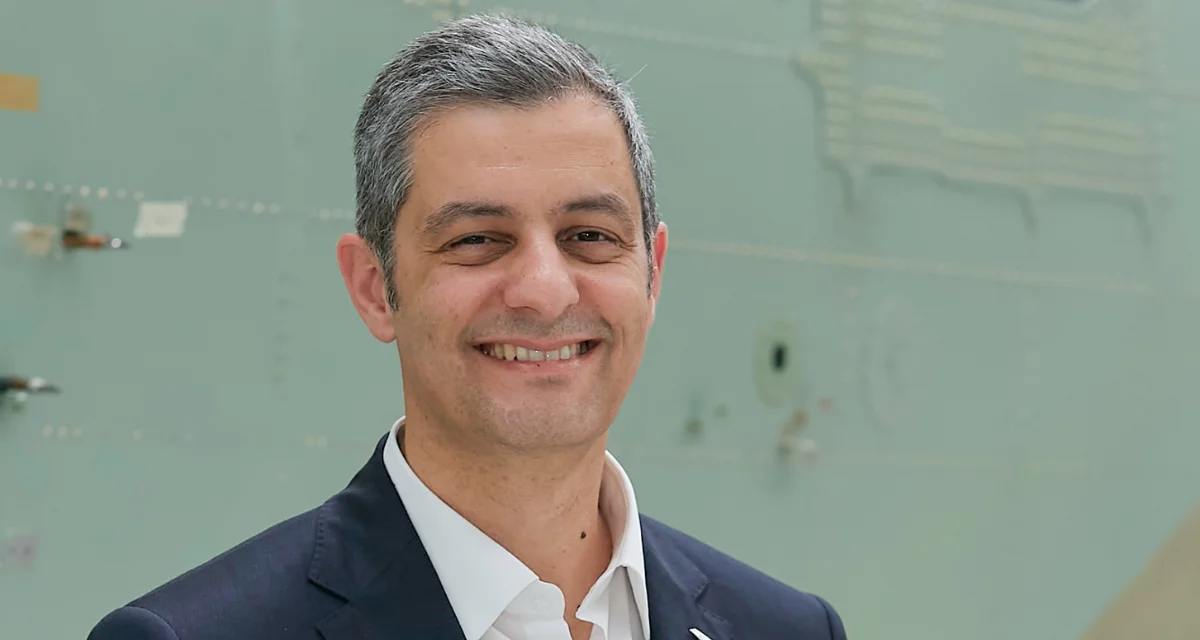A significant portion of the KC-390’s components already come from US suppliers. According to Embraer, 59 American aerospace companies contribute parts and systems for the aircraft—accounting for over half of its purchased materials. These suppliers include Collins Aerospace, L3Harris, Raytheon, BAE Systems, and International Aero Engines.
The USAF is currently updating its tanker fleet by replacing aging Boeing KC-135 Stratotankers with newer KC-46A models. However, future needs call for a platform capable of operating in contested environments. The NGAS program was initially conceived as a stealthy new design but has shifted toward considering conventional platforms enhanced by electronic warfare capabilities due to concerns about cost and development timeframes.
General John Lamontagne of Air Mobility Command recently commented that “just about every option is on the table,” indicating a wide range of possibilities being considered by the Air Force—including clean-sheet stealth tankers and converted business jets.
Among these options is a potential US-specific variant of Embraer’s KC-390 Millennium. Lemos noted: “We see that the 390 can play a role for that mission. It already has a very high level of survivability. But considering what we are seeing in terms of threats, we can complement it with other systems if the US Air Force sees that additional capabilities are required.”
Embraer plans to formally respond to a recent Request for Information from the USAF regarding NGAS by October 24. The company’s submission will detail how a locally built KC-390 could fulfill requirements for future refueling missions and may propose additional enhancements such as advanced electronic warfare systems.
Currently, 11 operators worldwide either operate or have ordered the KC-390 Millennium. Despite this international presence, Embraer faces stiff competition from established defense contractors like Boeing, Lockheed Martin, Airbus, and experienced systems integrators such as L3Harris and Sierra Nevada.
For Embraer, establishing assembly operations within the United States represents a strategic effort to compete on equal terms with domestic manufacturers as bidding begins for next-generation aerial refueling platforms.
 Alerts Sign-up
Alerts Sign-up




































